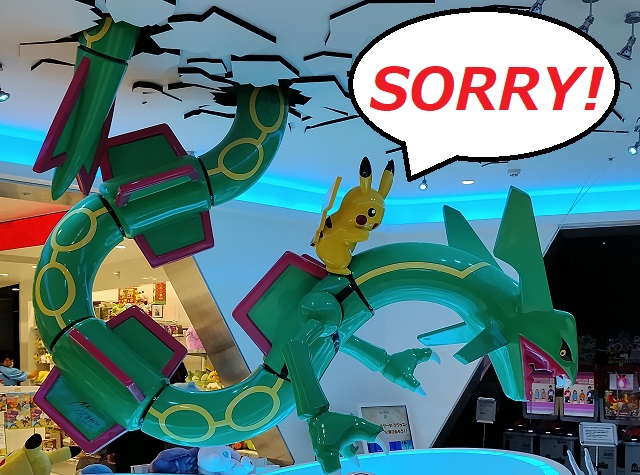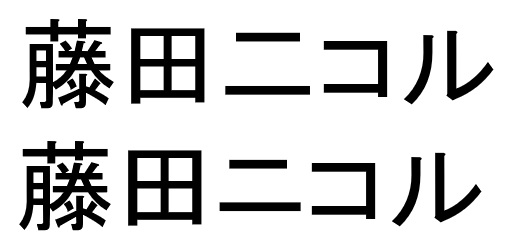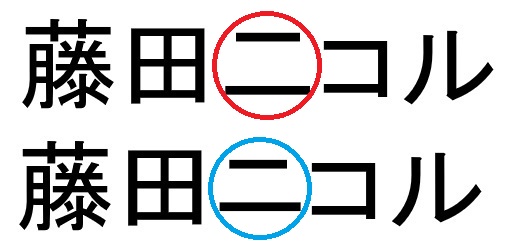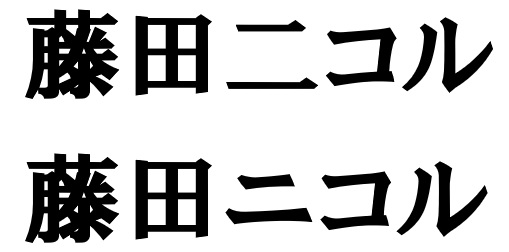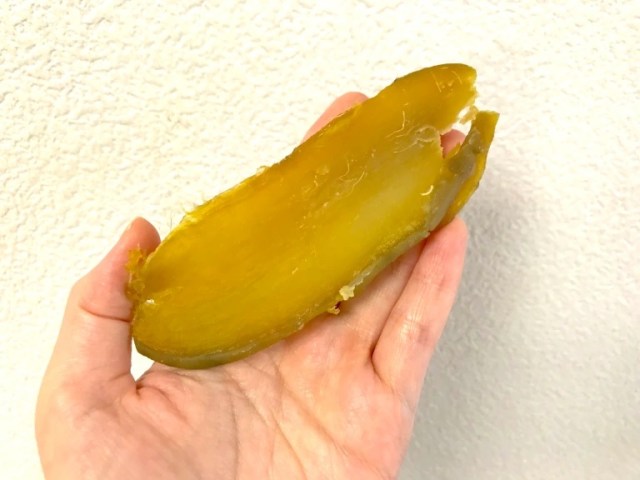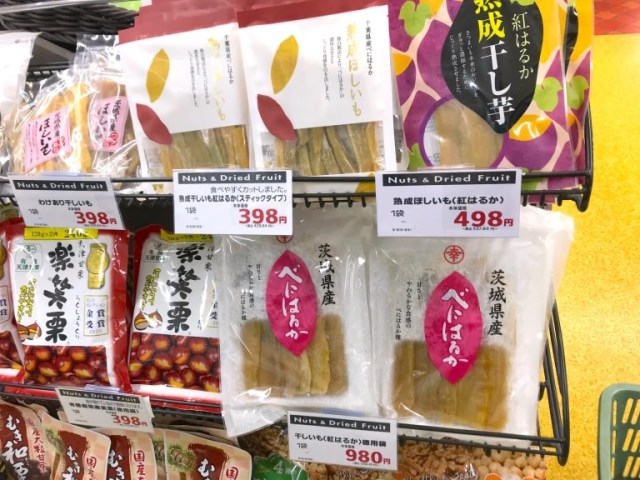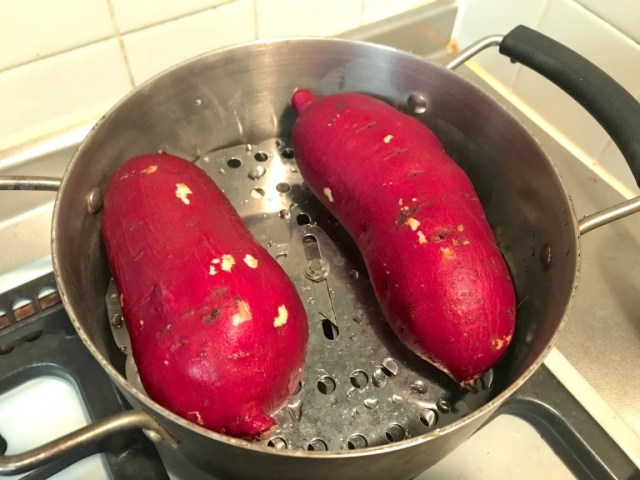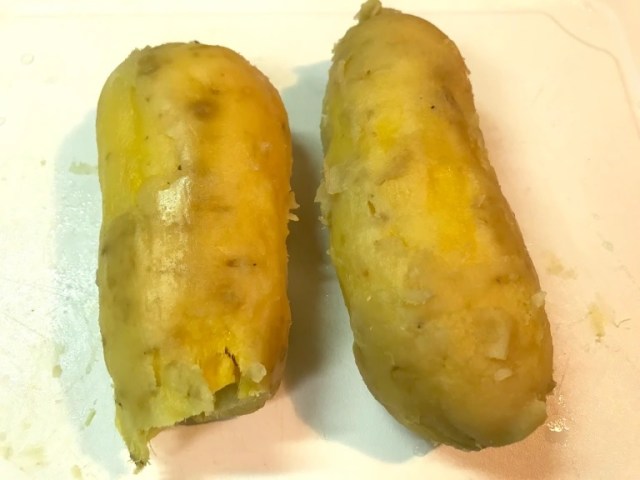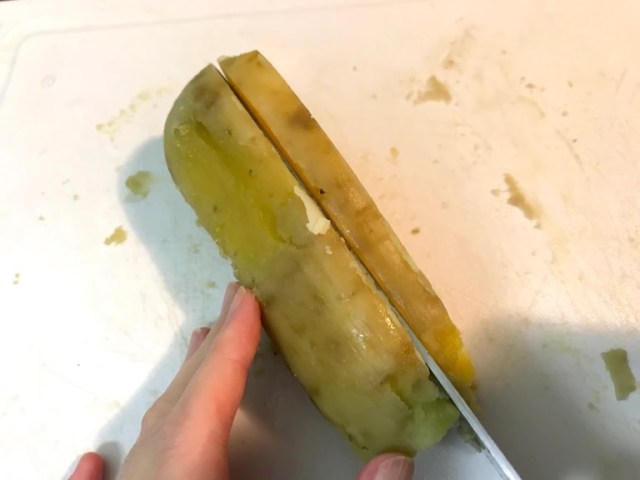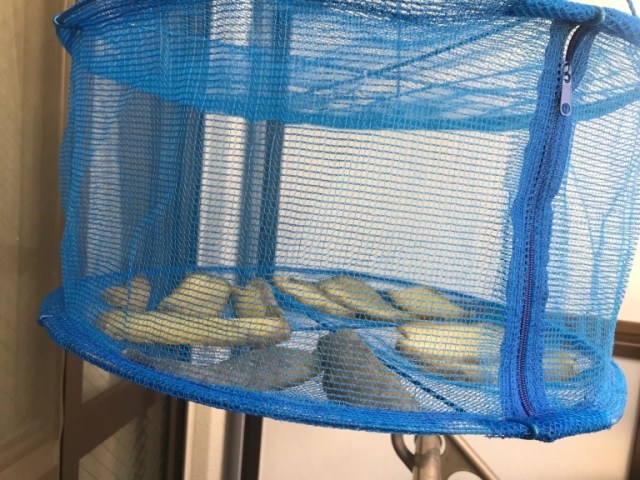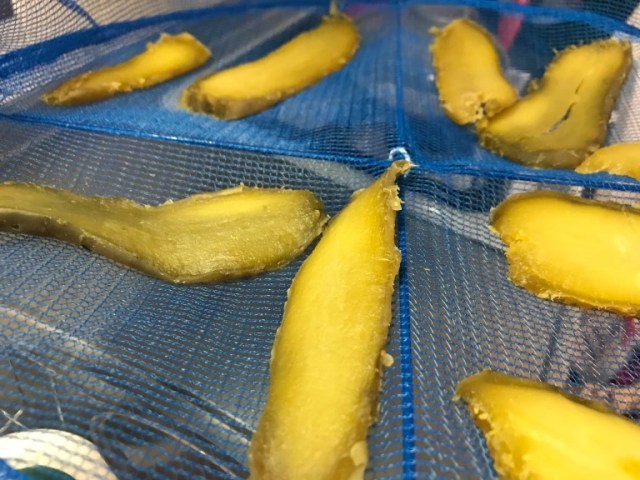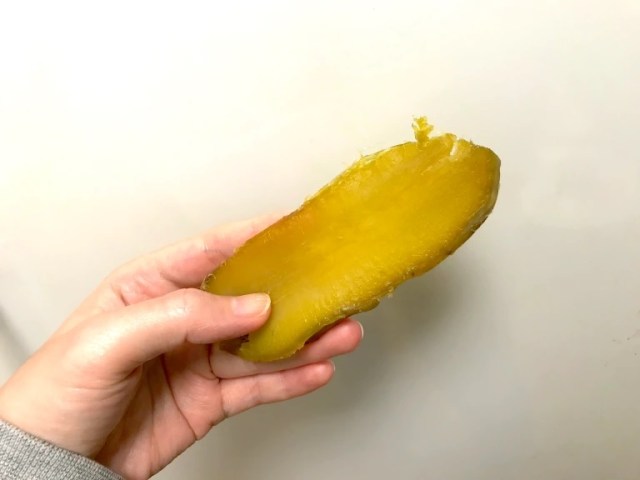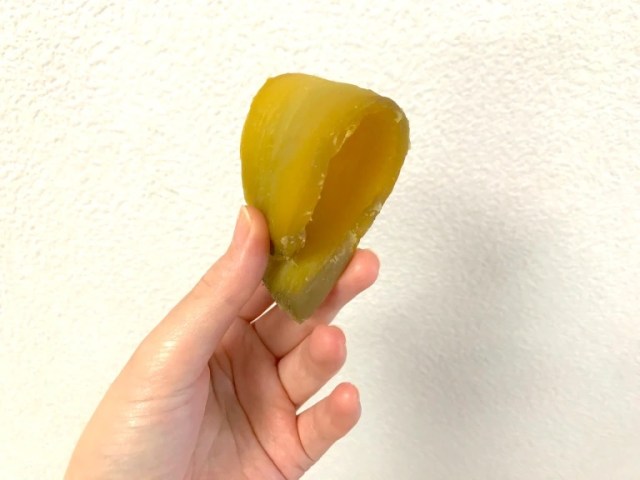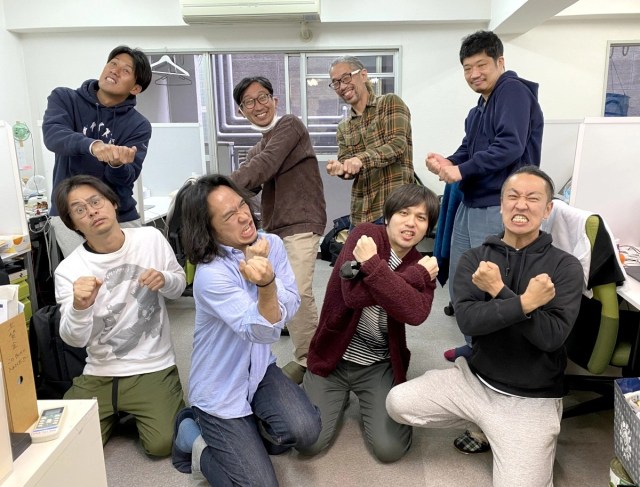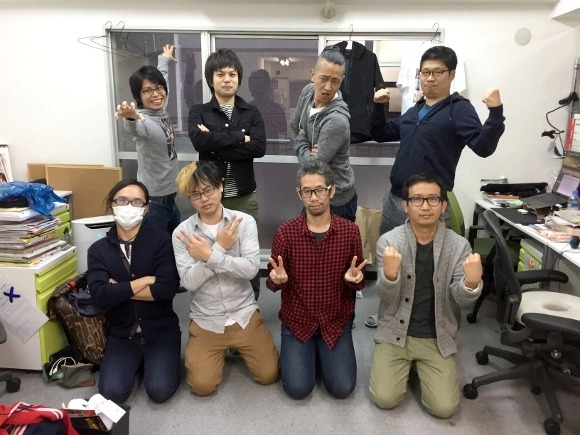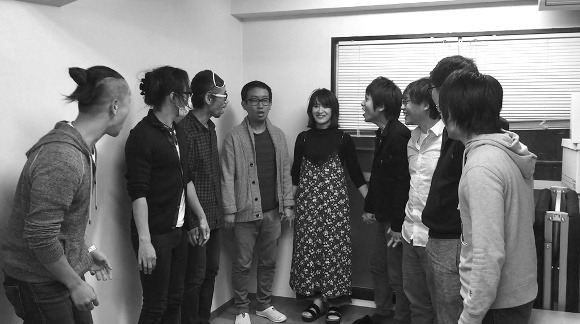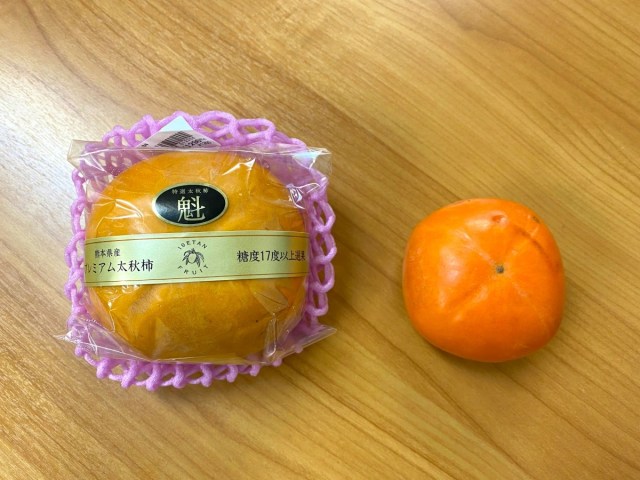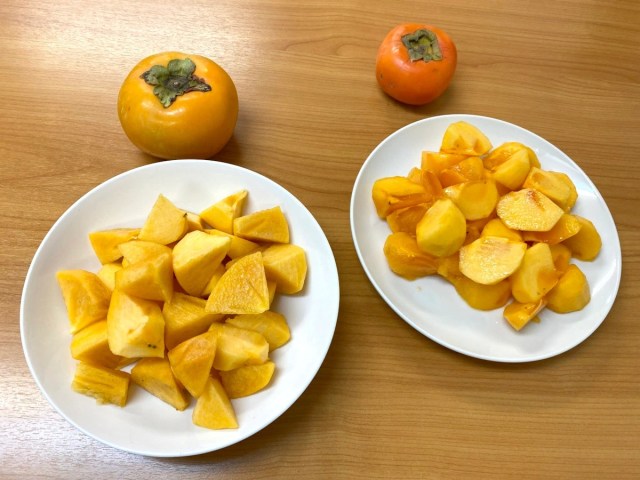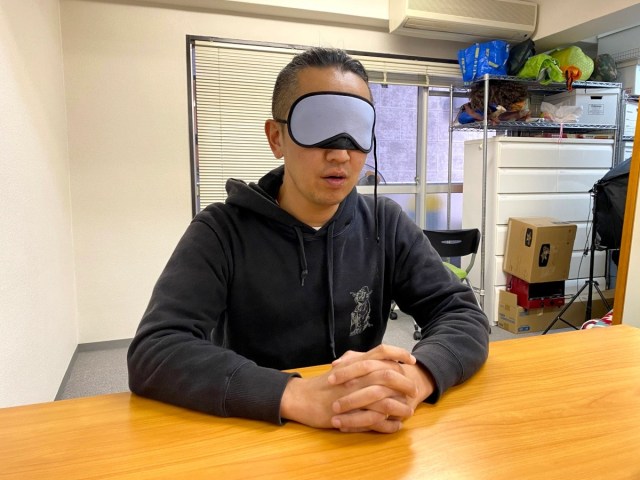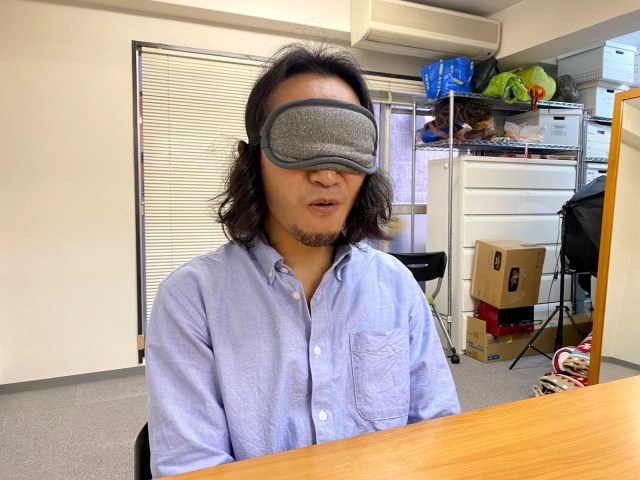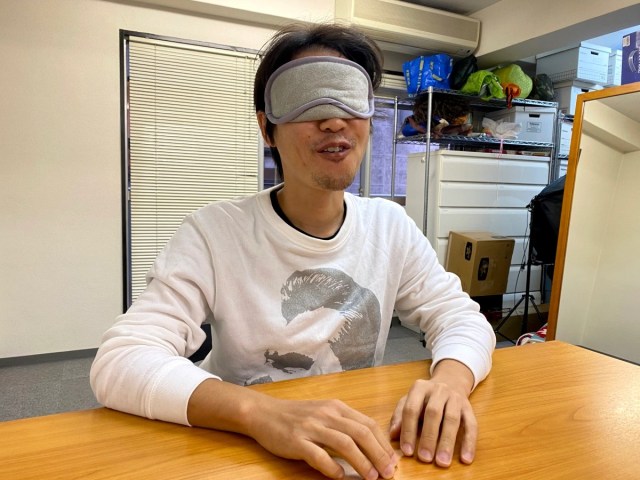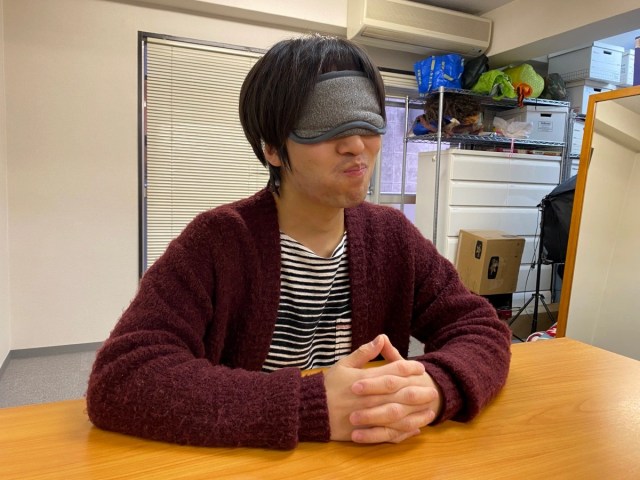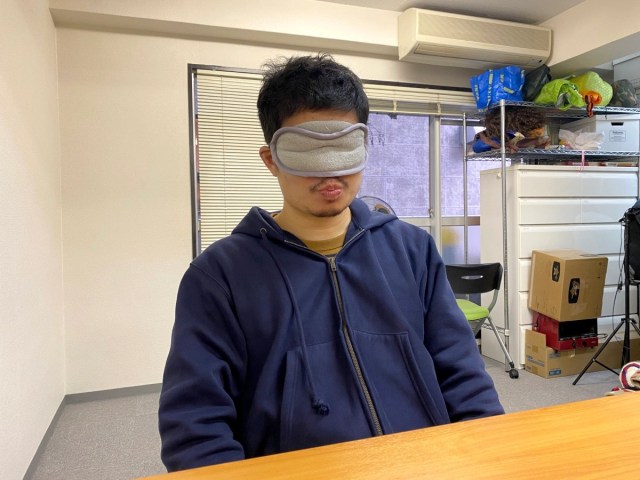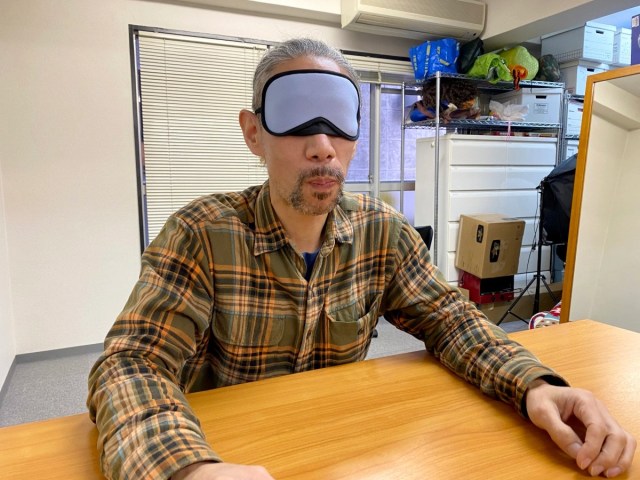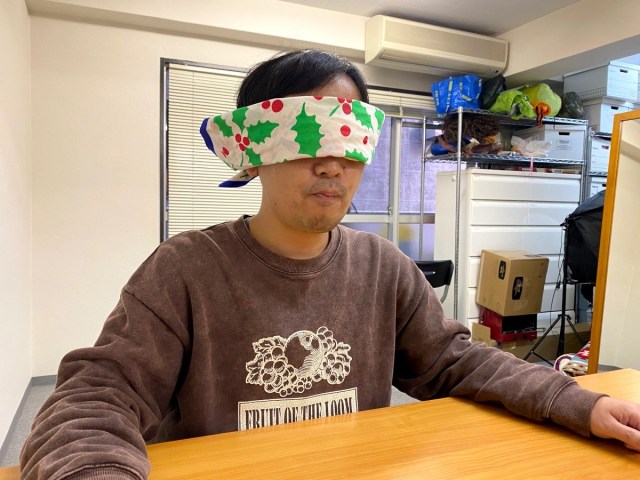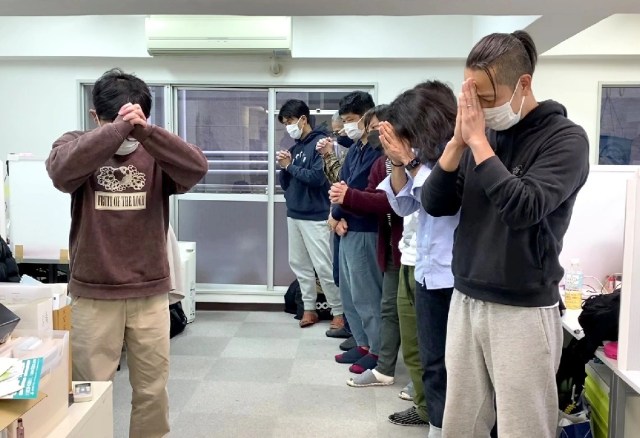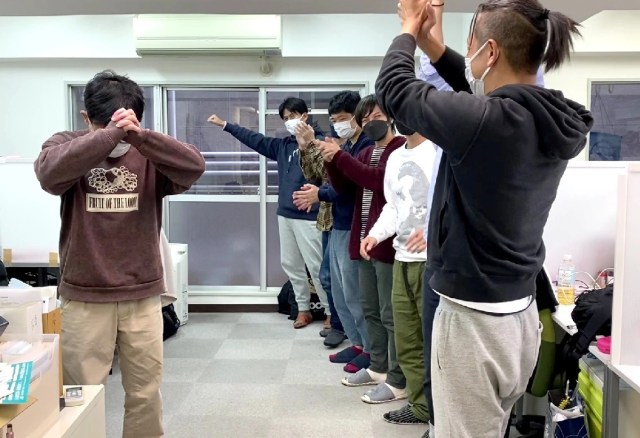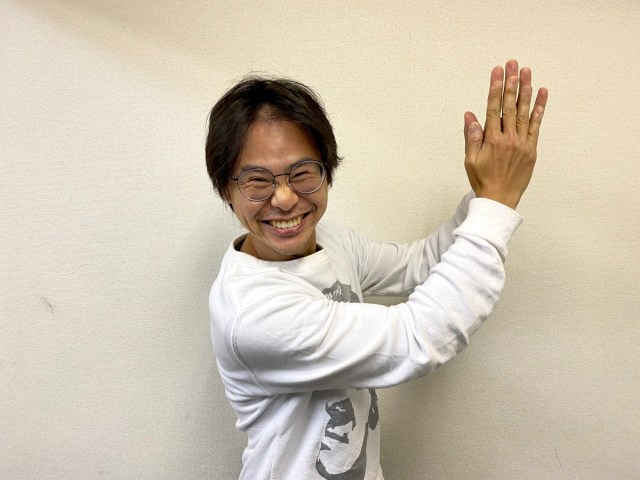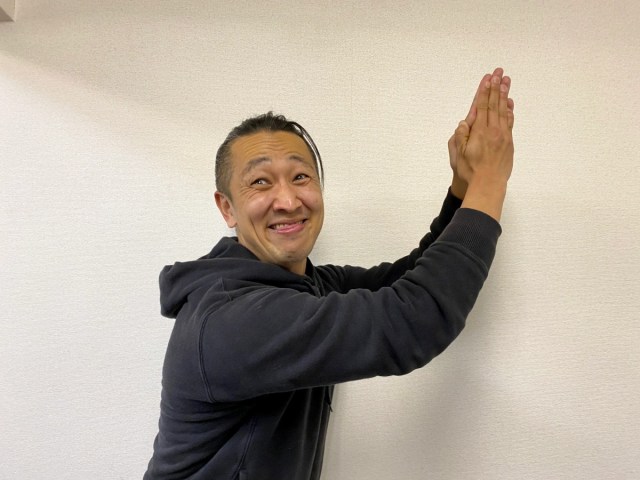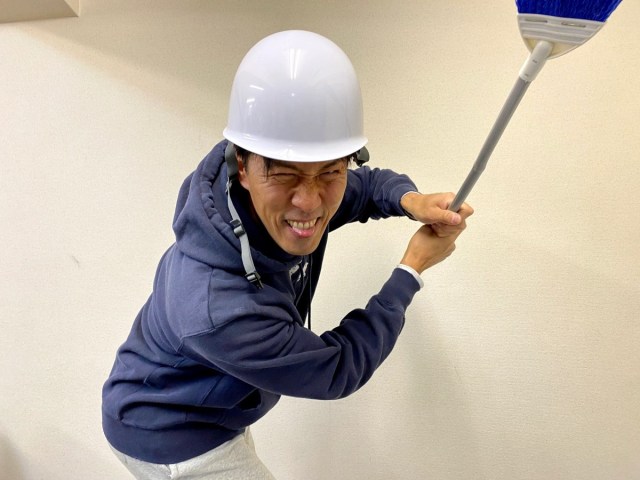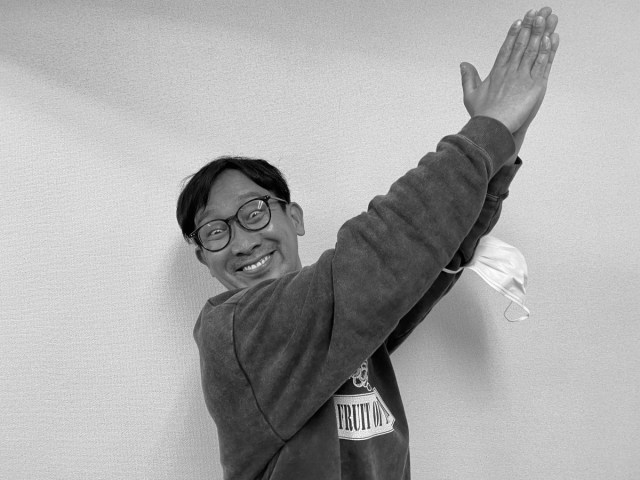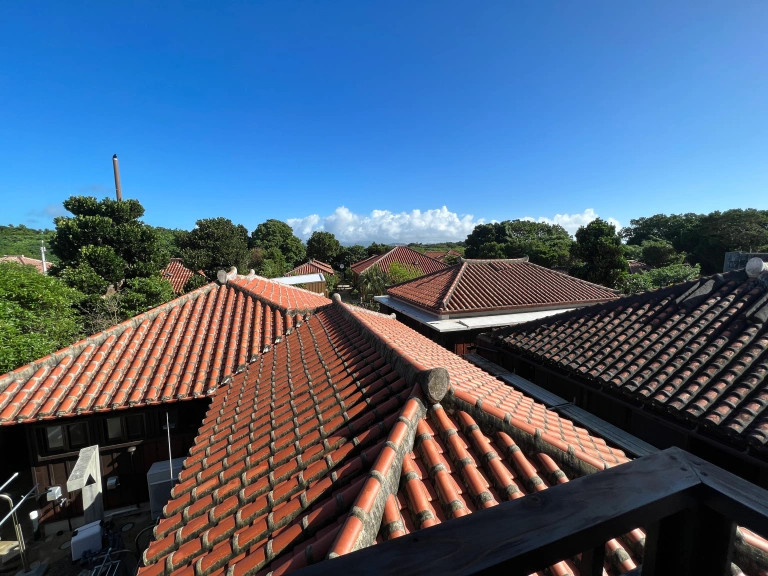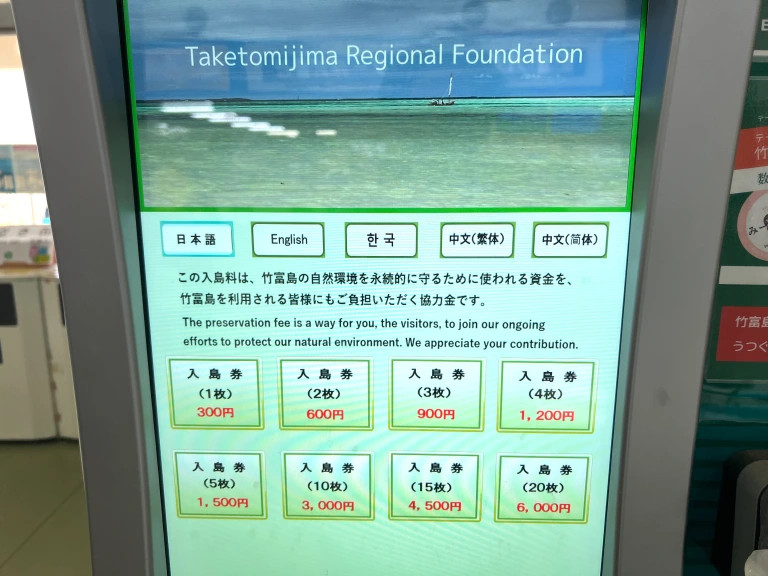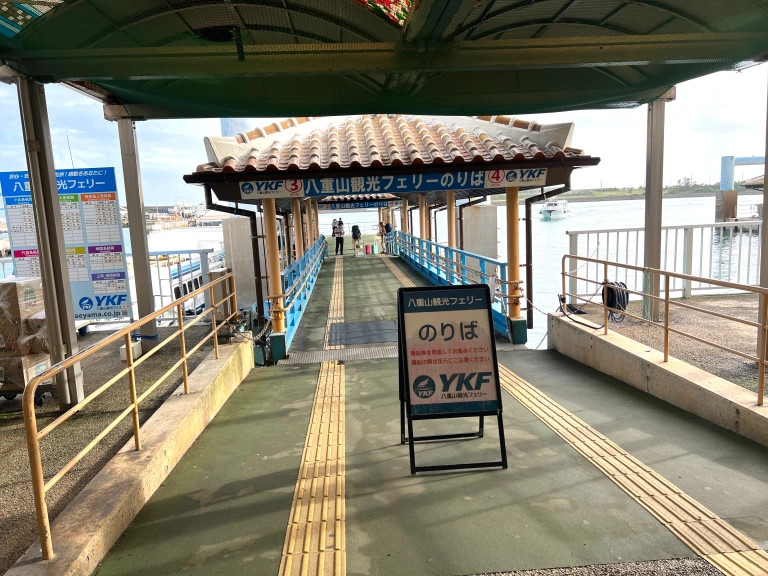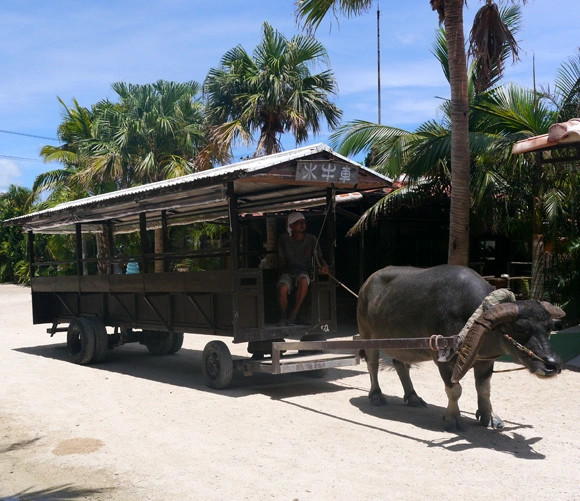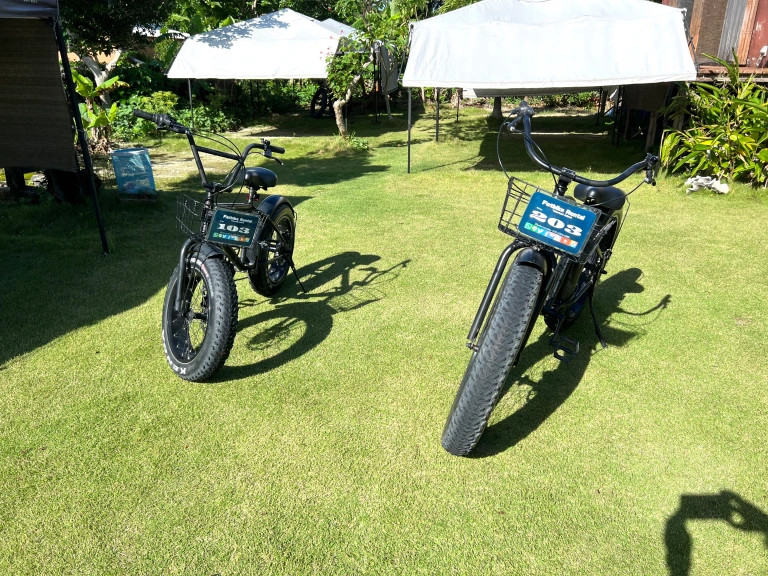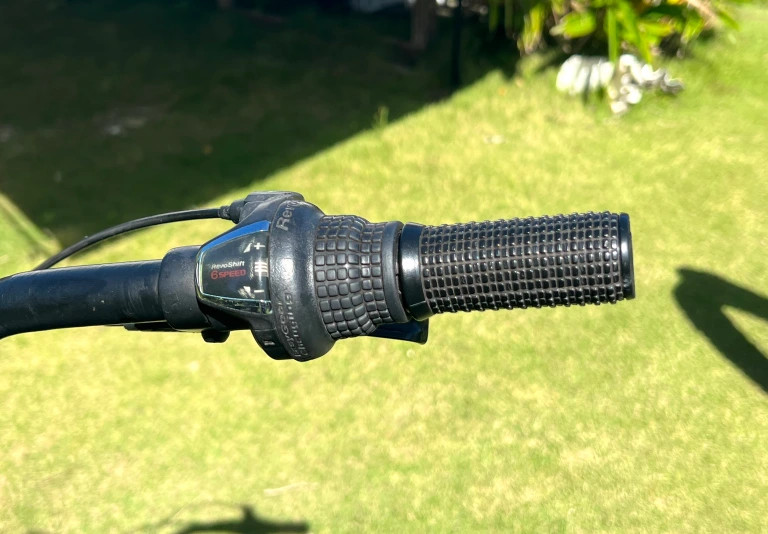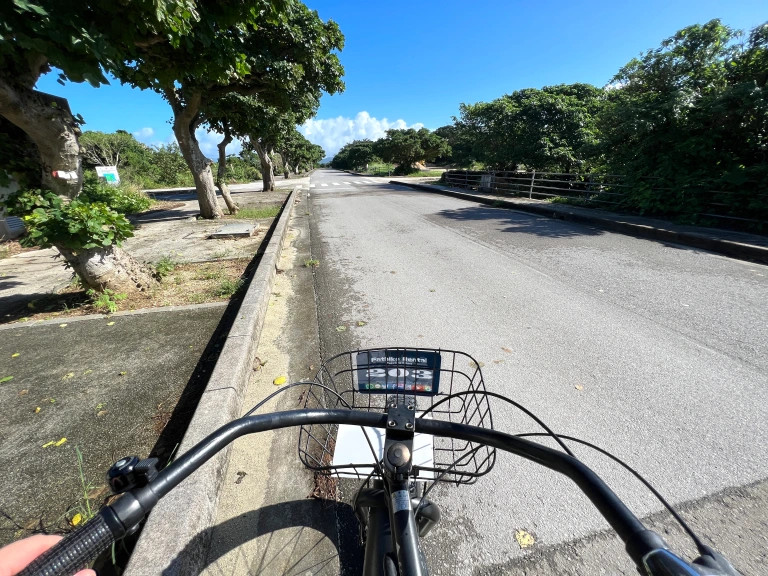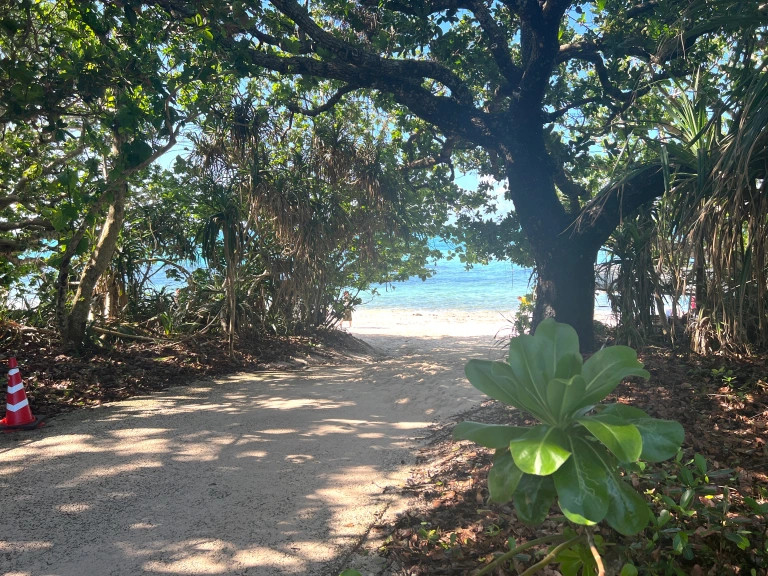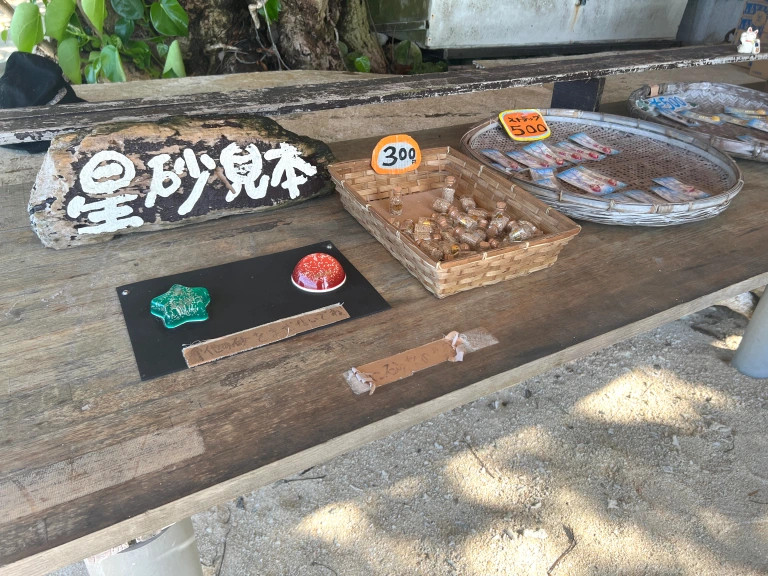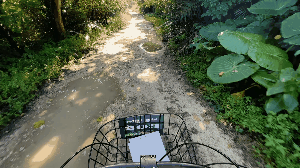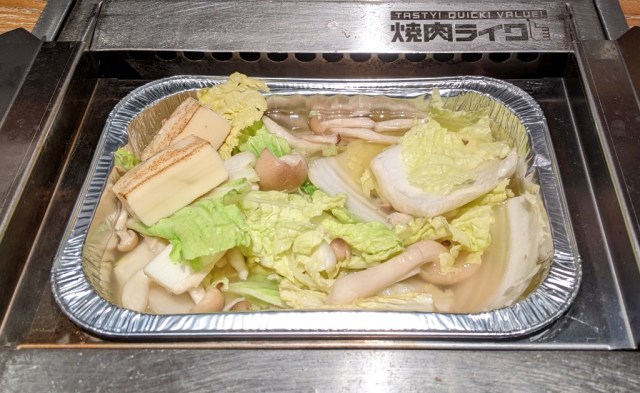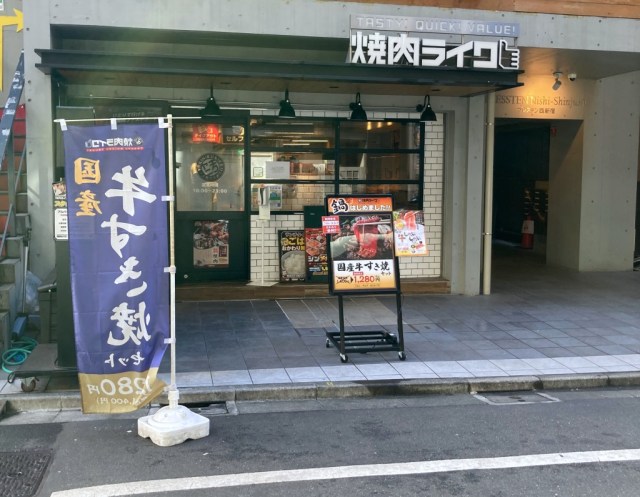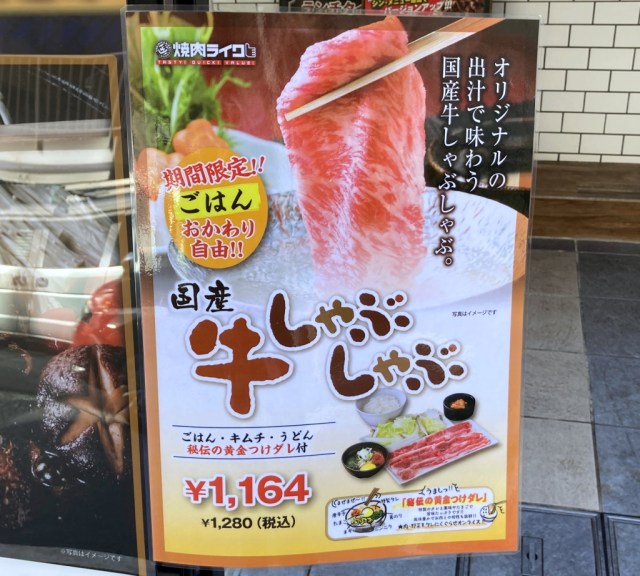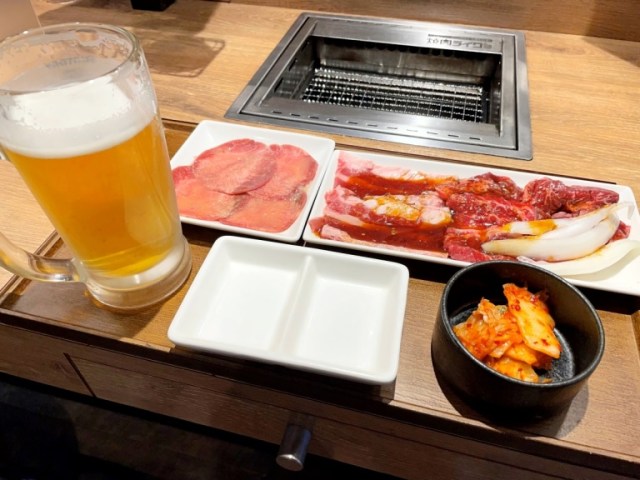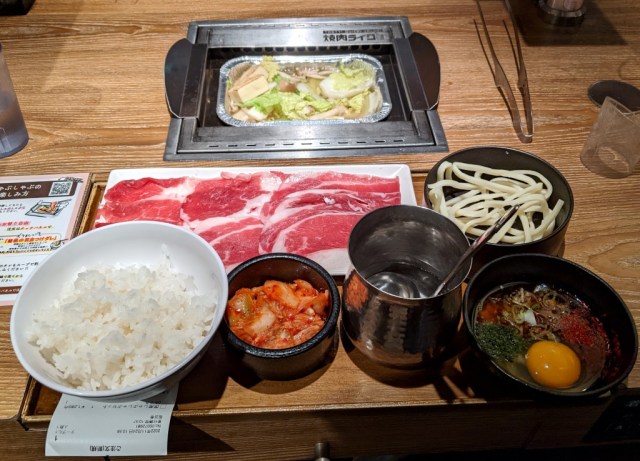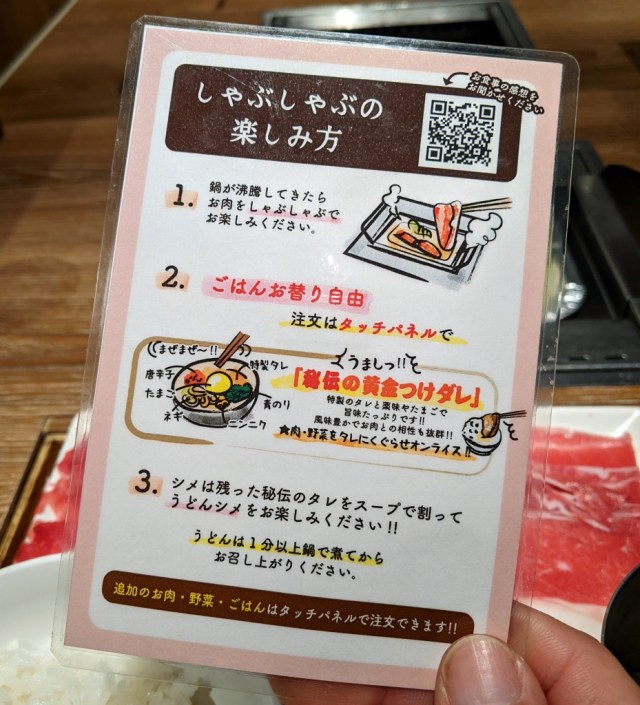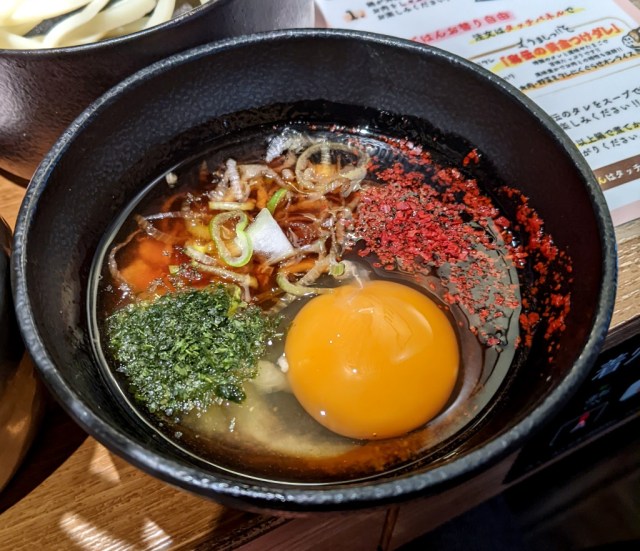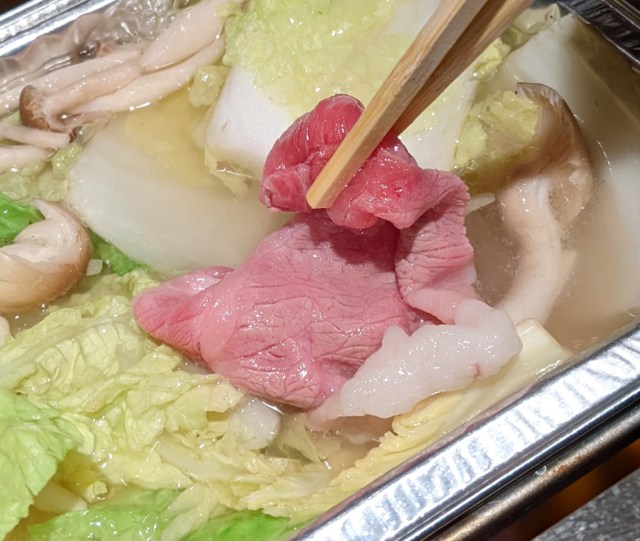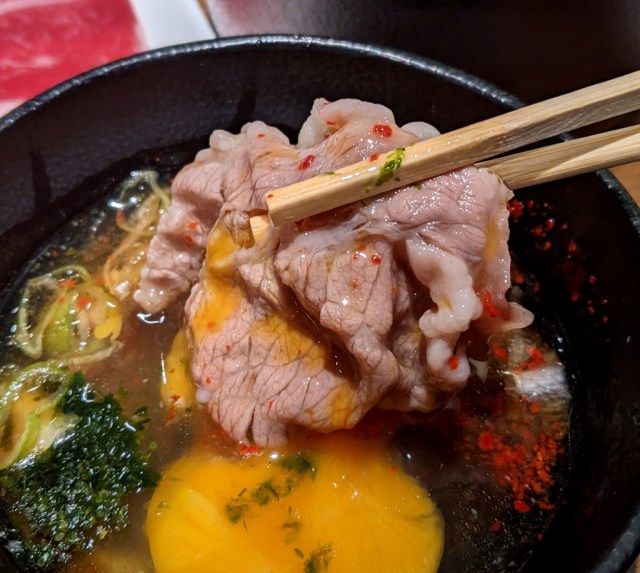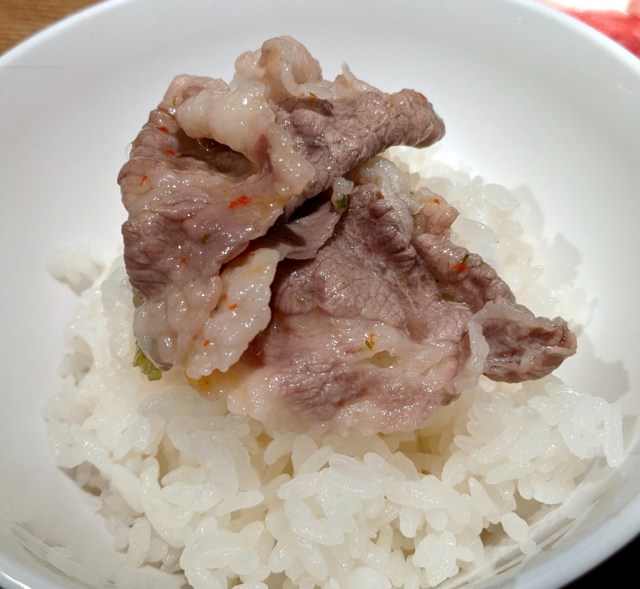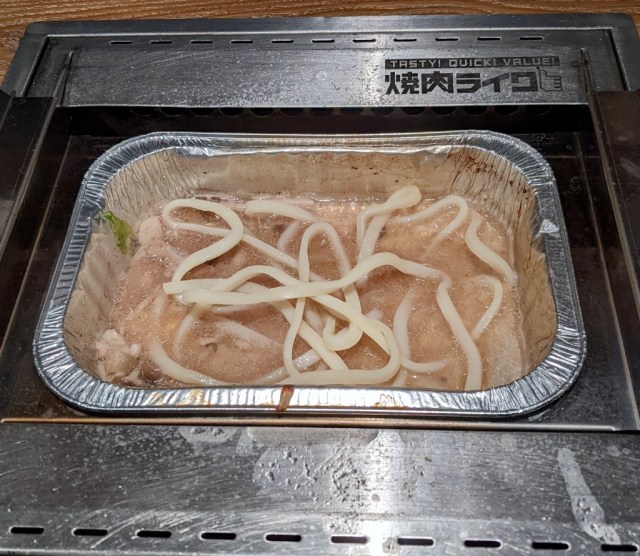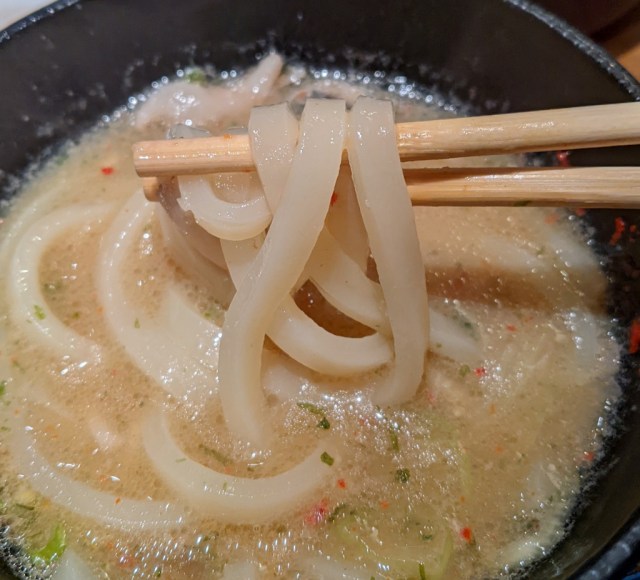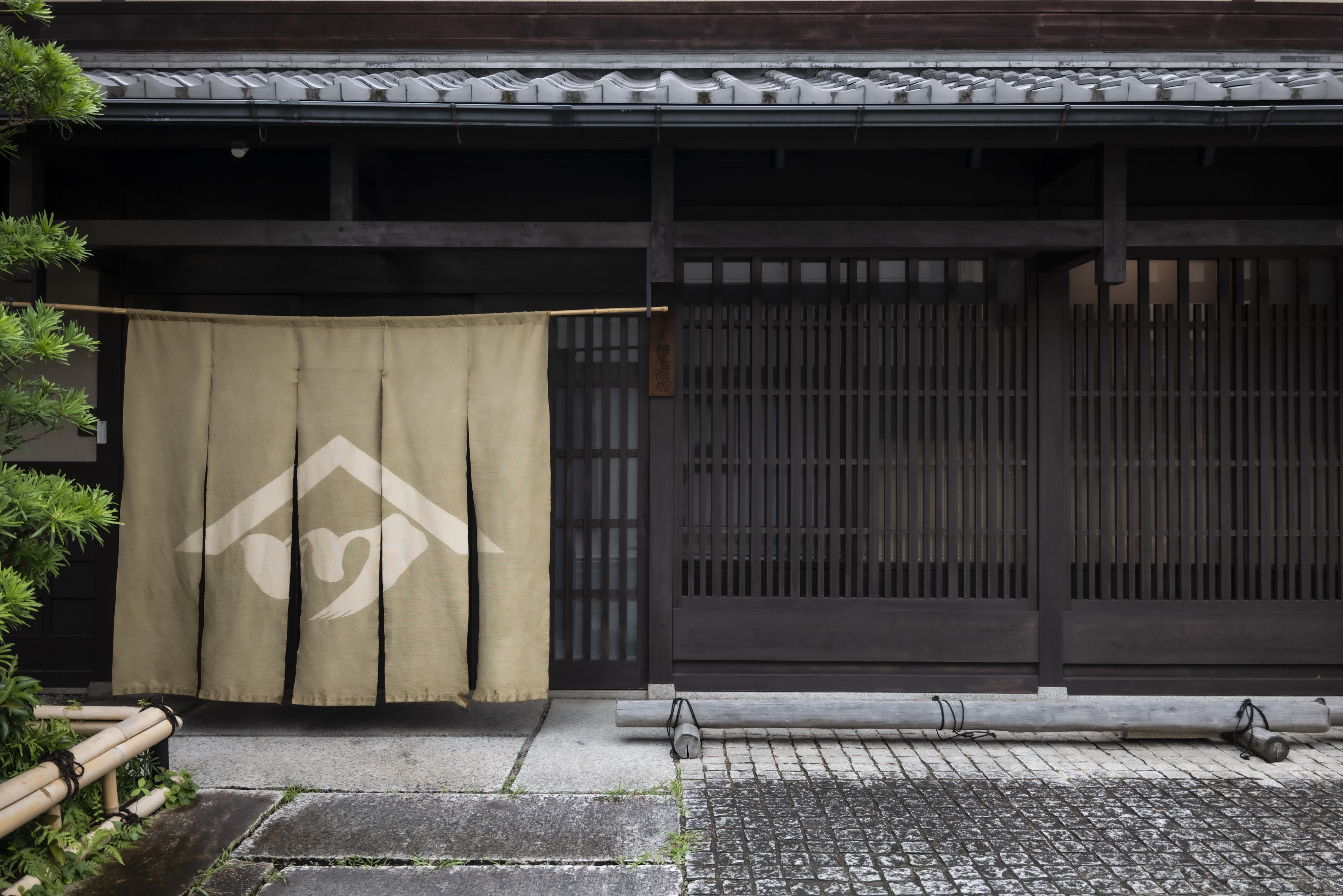
Gorgeous traditional Japanese art combined with Gucci’s history makes for some really stunning bags.
Kyoto is famous for a lot of traditional Japanese art and food, and one of those is Nishijin silk textiles, known as Nishijin-ori in Japanese. Produced in the northwestern Kyoto district of the same name, this fabric is made of woven silk that has already been dyed, giving it a rough but durable texture. Nishinjin silk dates back to the Heian Period (around 1200 CE) when it was supported by the nobility, the warrior class, and the wealthy, and is now known as one of Japan’s traditional art forms.
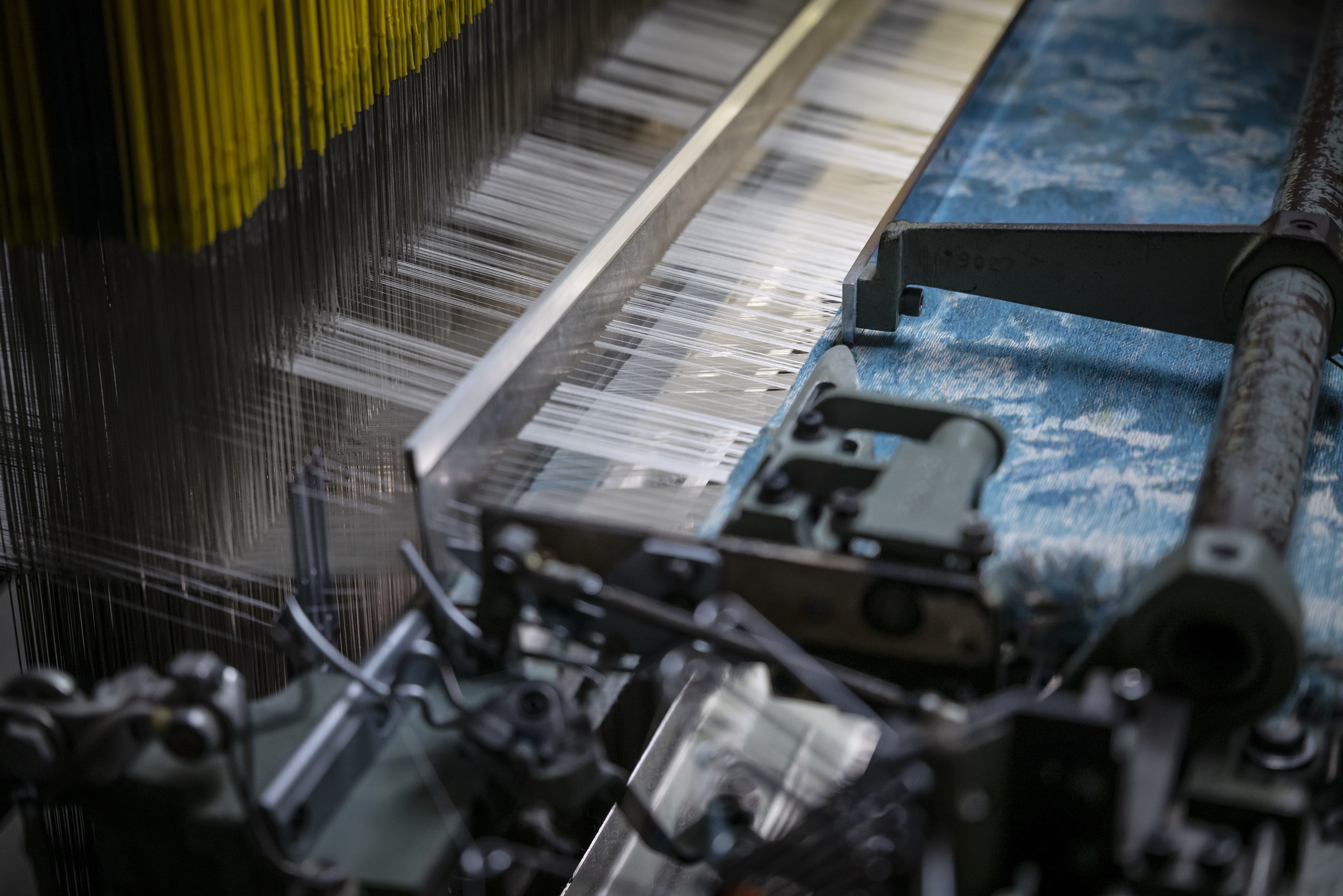
With a 20-step production process, where each step is overseen by a specialist, these textiles are, naturally, very expensive. That’s why it’s used for some of the highest-quality, luxury products like the newest limited-edition handbags from fashion brand Gucci.
Gucci has teamed up in a special collaboration with Japan’s oldest Nishijin silk company, Hosoo, to make beautiful, durable bags, made with the involvement of both by Japanese artisans using traditional techniques handed down for generations and Gucci’s artisans in Florence.
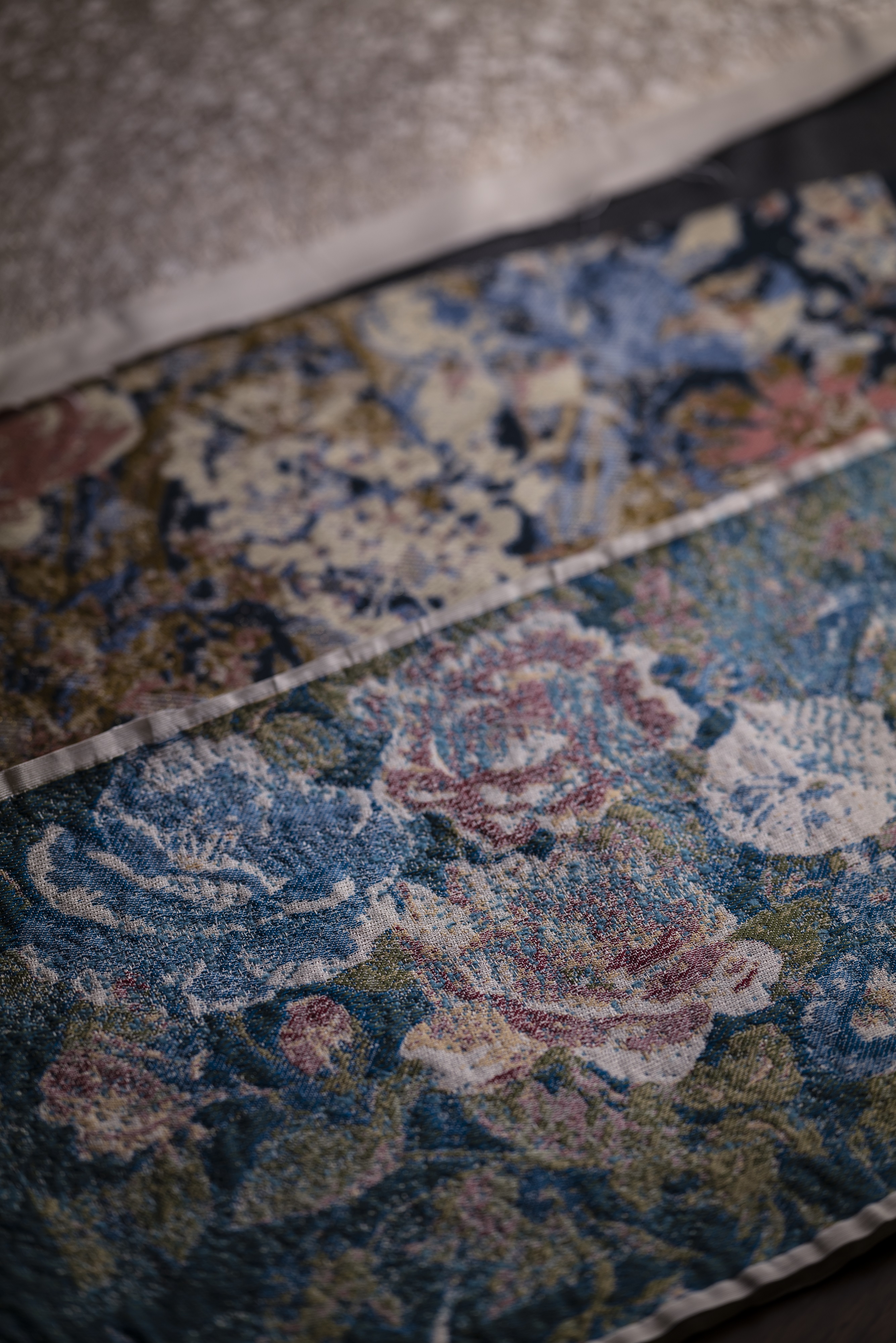
Employing the signatures of both Gucci and Hosoo, they’ve come up with three new, three-dimensional textiles of Gucci motifs woven with the refined, shining silk, gold leaf, and silver leaf that Nishijin textiles are famous for. These textiles are used in two new extremely limited-edition Gucci bags.
The Gucci Bamboo 1947 is a contemporary reinterpretation of Gucci’s bamboo handle handbags, which have a long and painted history. In the post-World War II Italy of 1947, when materials for making handbags were scarce, Gucci founder Guccio Gucci, with the help of Florence artisans, came up with the idea to use light but strong bamboo for the handles of their bags. These “bamboo bags” soon became beloved by Hollywood actresses and jet setters and were known around the world as iconic fashion pieces.

Though designed in the traditional bamboo bag style, the Gucci Bamboo 1947 makes use of a beautiful finely woven floral Nishijin silk brocade with a pink leather border, a gold and bamboo catch, and a bamboo handle. It’s a feminine and sophisticated version of an already classic design.
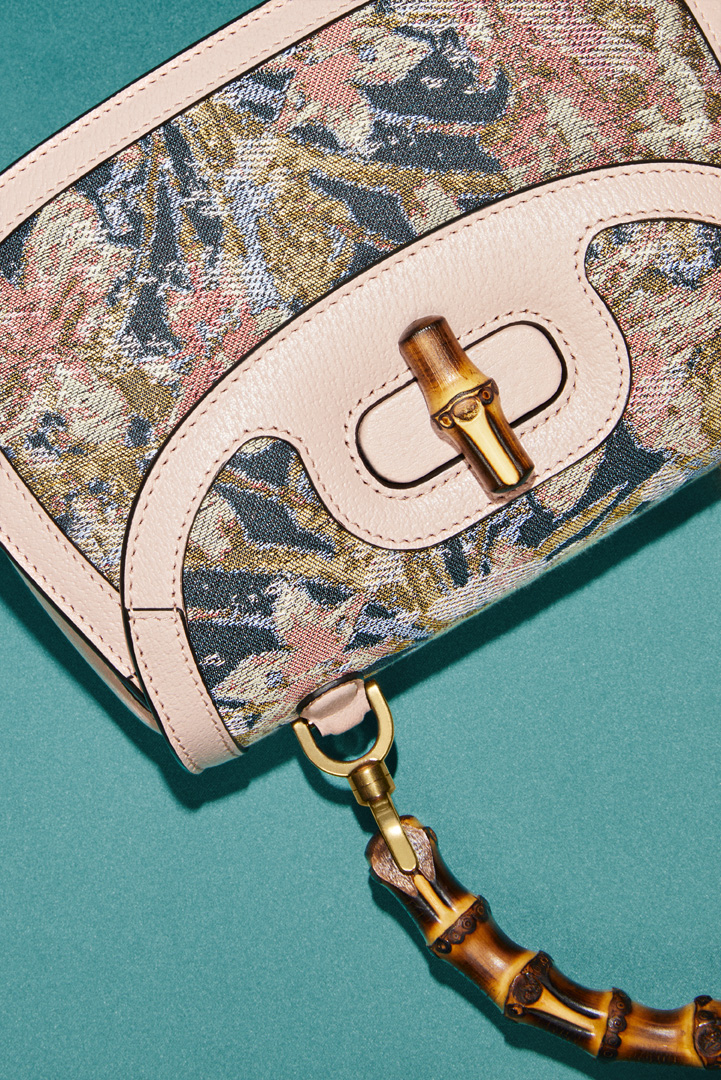
The Gucci Diana is part of a line of bags that reimagine the bamboo-handled tote bags originally released in 1991, and is part of the Overture Collection. A signature of the new design is the leather belt surrounding the handle, which is removable but is designed to help maintain the shape of the handbag.

The Nishijin fabric used in the Gucci Diana is three-dimensional, with a very minute version of the Gucci logo woven in a single, neutral color. The result is a very sophisticated, refined handbag that looks like the height of luxury.
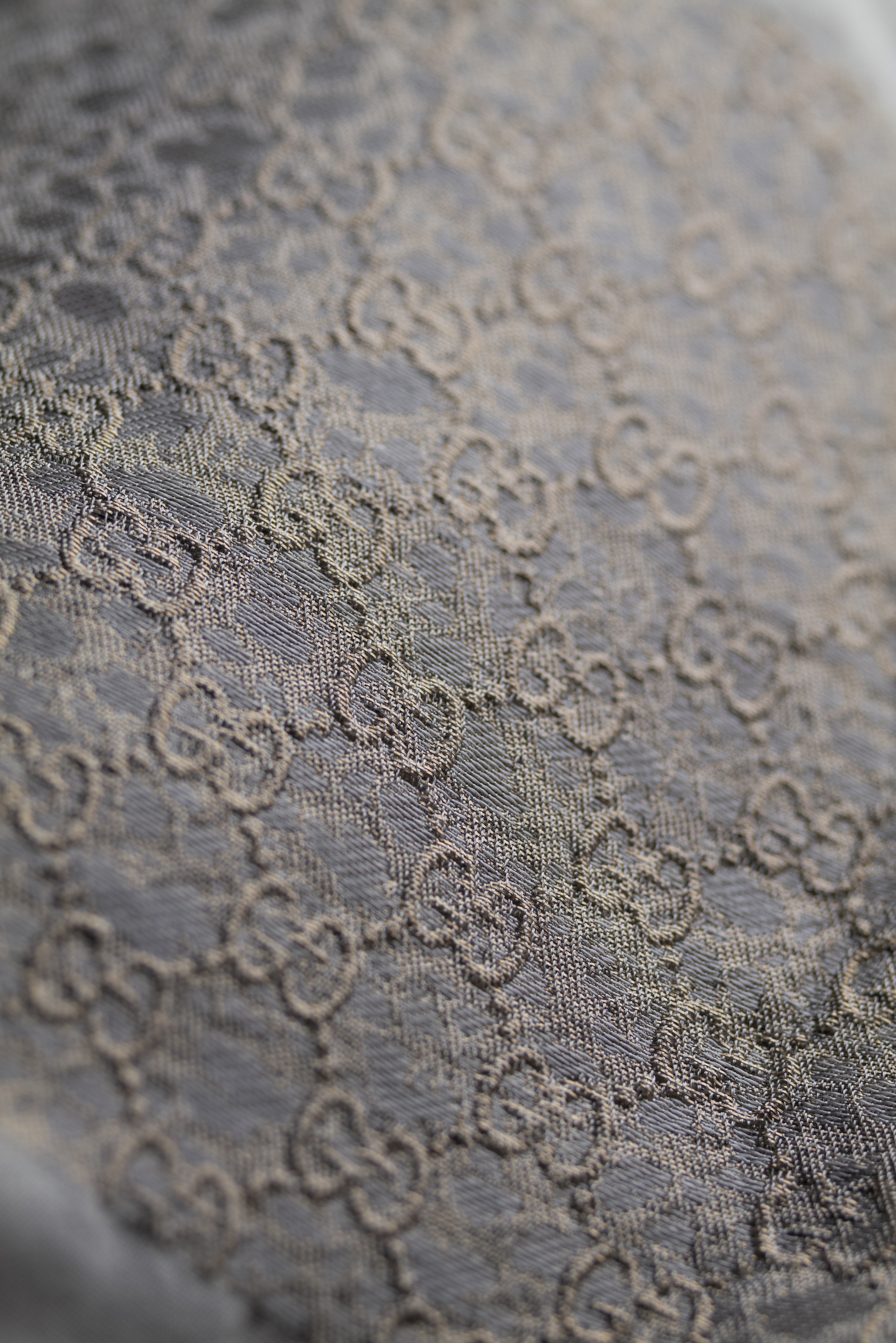
The bags are also meant to embody the bonds between the Gucci brand and the city of Kyoto. For example, in celebration of its 100-year anniversary in 2021 and in anticipation of the next 100 years to come, Gucci held several special events in Kyoto, one of which was Gucci Bamboo House, an exhibition themed on tradition and creation that showcased Gucci’s iconic bamboo handbags.
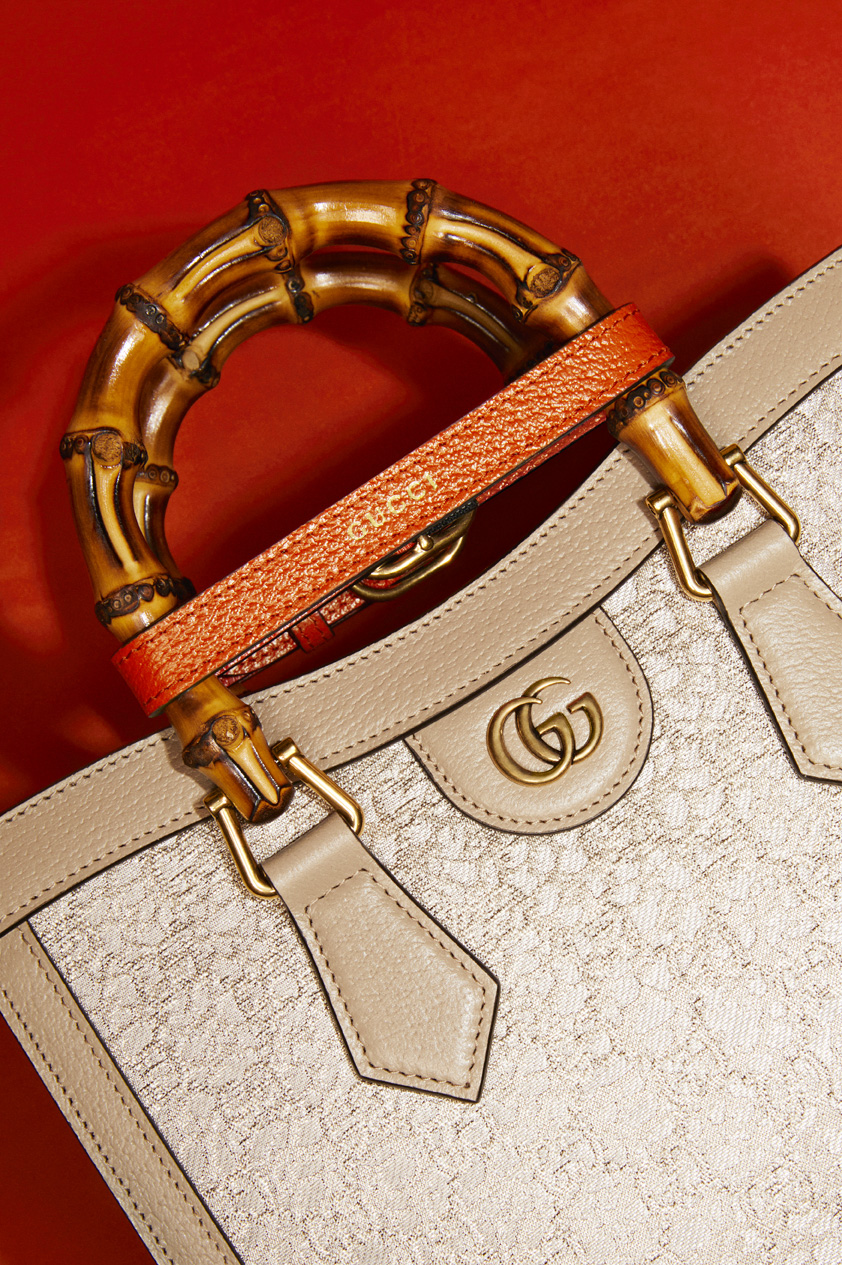
Both the Gucci Bamboo 1947 and Gucci Diana will be available for sale in extremely limited quantities at select Gucci shops around Japan on December 1. These are guaranteed to draw the eye and the ire of any who see them, so if you’ve got the cash to spare, you won’t want to snooze on them!
Gucci doesn’t often team up with Japanese brands, but when they do, the result is always stunning, even with something as bright and youthful as Doraemon. We’re always excited to see what they come out with next!
Source: PR Times via Japaaan
Images: PR Times
● Want to hear about SoraNews24’s latest articles as soon as they’re published? Follow us on Facebook and Twitter!

